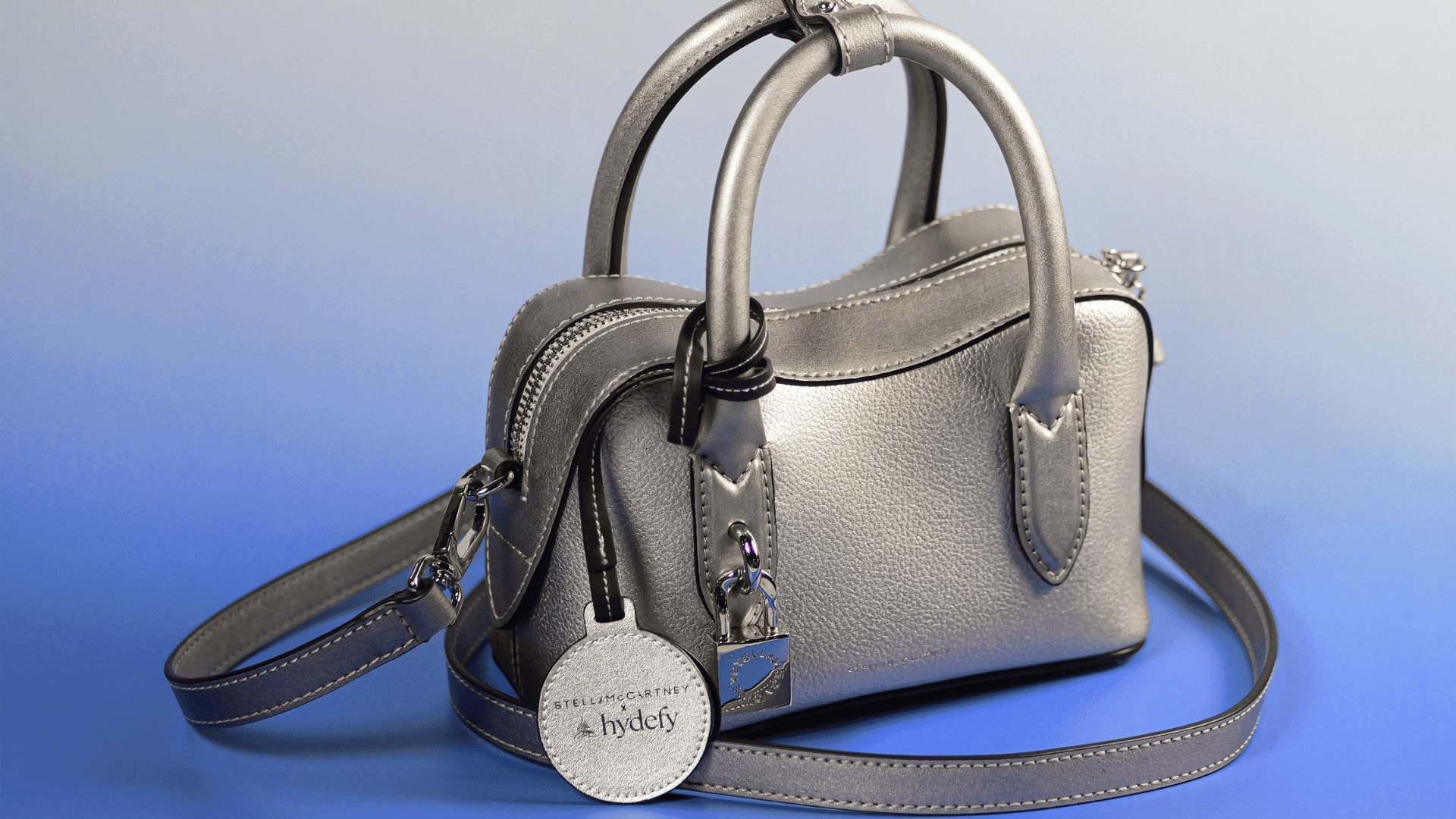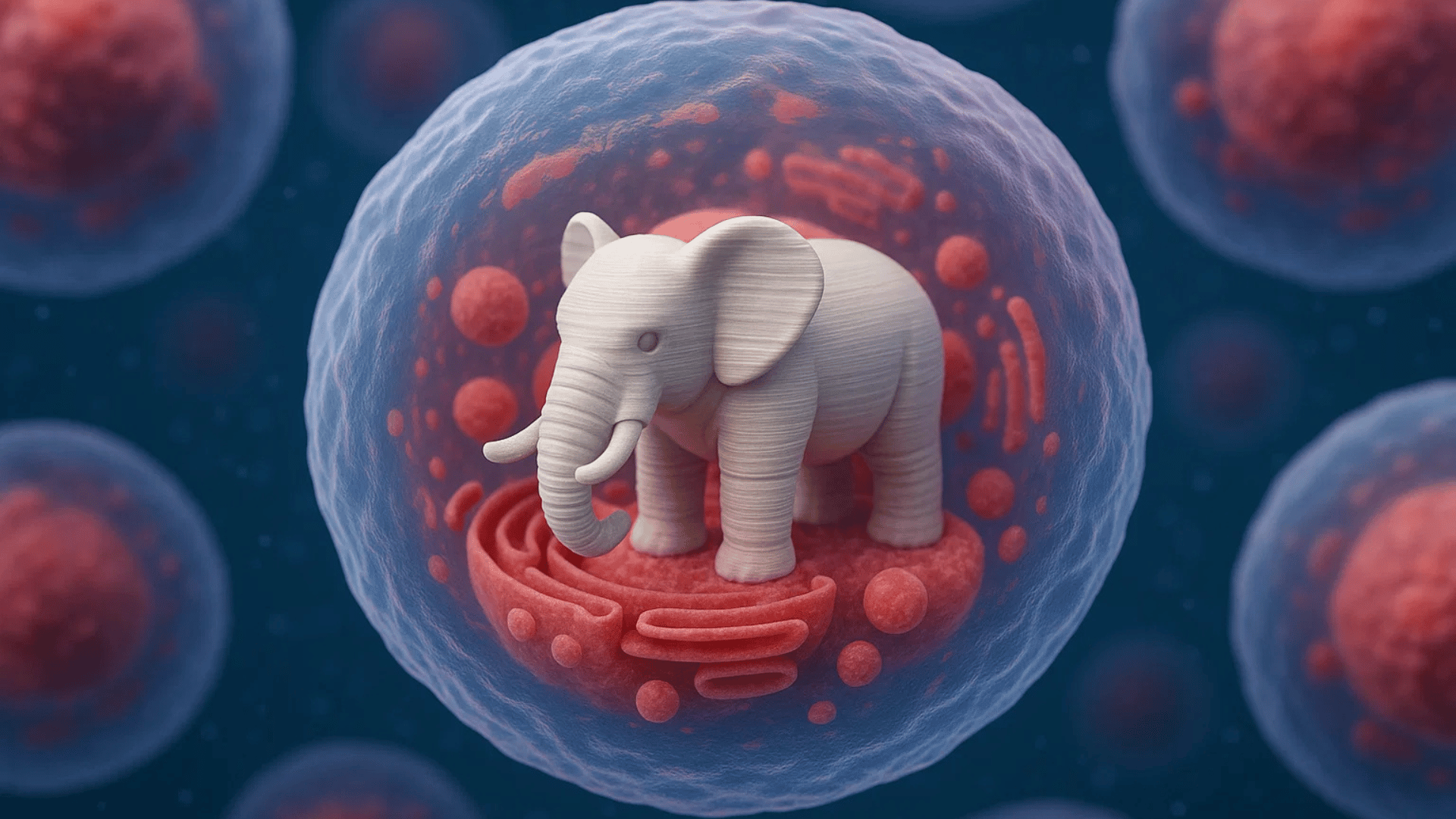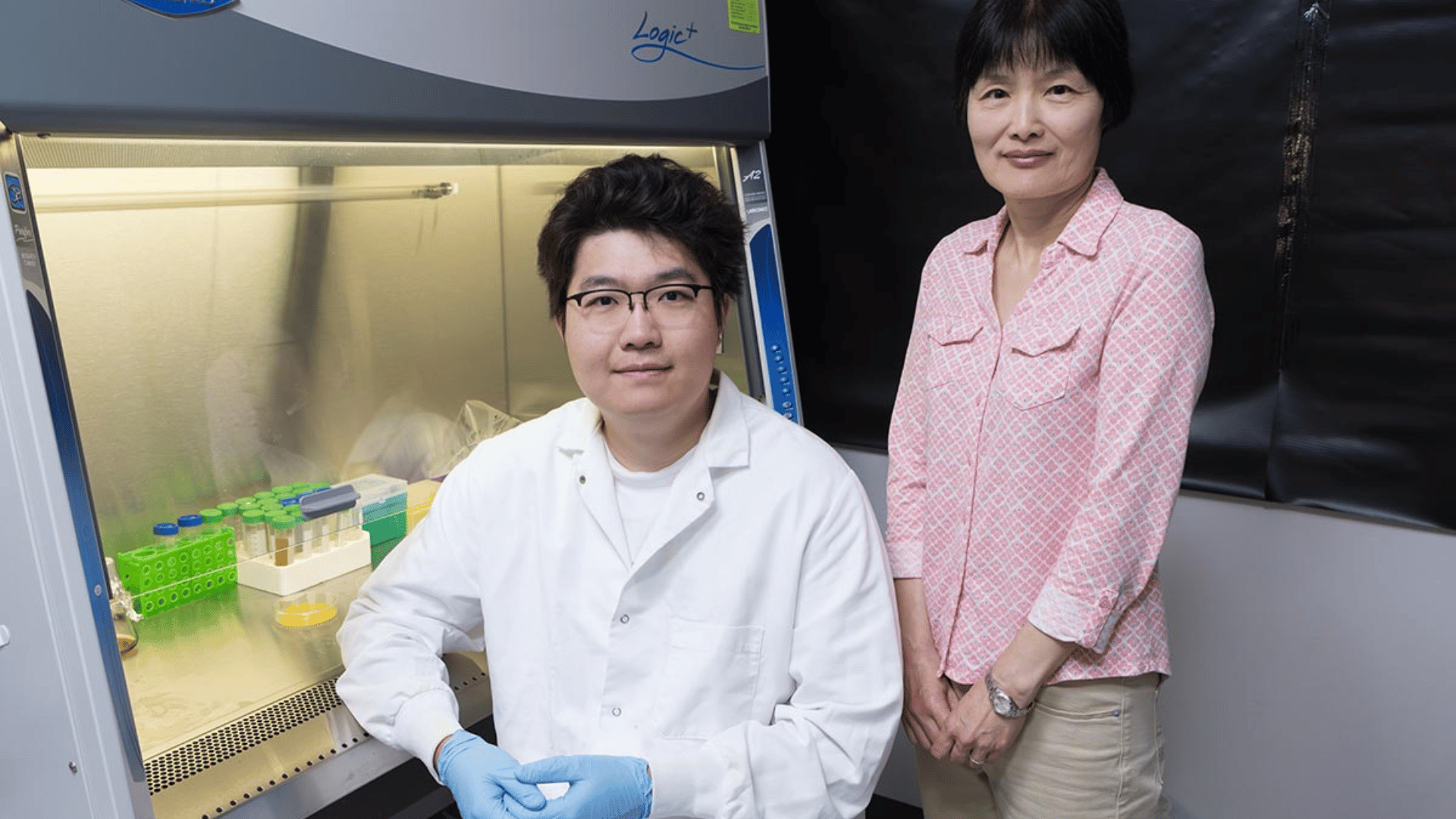In today’s world, where environmental consciousness is finally catching on, we are becoming more aware of what we purchase, use, and discard. From the single-use items we toss daily to the products we keep for years, the materials used to make these products significantly impact our planet. So, when you pick up an item like a recycled tote bag, it’s not just an eco-friendly choice; it’s a small insight into how the world of materials science is evolving to help us live more sustainably. This growing trend to repurpose, recycle, and innovate around everyday materials creates a ripple effect that touches every industry, from fashion to technology to food packaging. Let’s examine some of the most innovative materials reshaping our lives and consumption.
The Rise of Bioplastics: A Greener Alternative to Traditional Plastic
Traditional plastics are synonymous with environmental harm due to their petroleum base and slow decomposition rate. But bioplastics are showing promise as a more sustainable alternative. Derived from renewable sources like corn starch, sugarcane, and even algae, bioplastics break down faster than petroleum-based plastics, leaving a smaller carbon footprint.
Bioplastics are already finding their way into everything from packaging to single-use cutlery. Some companies even incorporate bioplastics in the inner linings of food containers and as a coating for cardboard takeout boxes. The exciting part is that these bioplastics reduce our reliance on fossil fuels and open up possibilities for more plant-based, biodegradable options across industries. Imagine a world where food packaging, medical supplies, and even parts of our clothing are made from renewable resources that minimize pollution.

Upcycled Textiles: Giving Waste a New Life
Waste is everywhere, but creative minds are working to turn what we discard into something new and valuable. Upcycled textiles are an excellent example of this shift, as manufacturers transform post-consumer waste—such as discarded clothes, plastic bottles, and even fishing nets—into materials that can be used in new, innovative products. Upcycling offers an opportunity to create high-quality items while reducing the demand for virgin materials by focusing on textiles that would otherwise end up in a landfill.
Take brands that produce eco-conscious clothing and accessories from upcycled textiles; these companies are helping to redefine the textile industry by demonstrating that fashion and sustainability don’t have to be mutually exclusive. Many of these products, from jackets to accessories, are made from fabrics that have been broken down, reprocessed, and given a second life. Even recycled tote bags, crafted from discarded materials, reflect this push for sustainable design. This reduces waste and fosters a new approach to fashion and consumer goods where style and sustainability work hand in hand.
Mushroom Leather and Plant-Based Fabrics: Innovations in Vegan Alternatives
Leather production is notorious for its environmental footprint, involving intensive resource use and often toxic tanning processes. However, a groundbreaking solution is emerging in the form of mushroom leather. Mycelium, the root structure of fungi, has been developed into a durable, leather-like material that can be used in everything from shoes to furniture. Mushroom leather is fully biodegradable and renewable, eliminating the ethical concerns associated with animal-based leather.
Alongside mushroom leather, other plant-based fabrics, such as hemp and bamboo, are becoming more common. These materials offer a sustainable alternative to cotton, which requires large amounts of water and pesticides to grow. Hemp, for example, grows quickly with minimal water, doesn’t need pesticides, and enriches the soil where it’s cultivated. By turning to these types of innovative fabrics, companies are finding ways to reduce the negative environmental impact of textiles and provide eco-friendly choices for conscious consumers.
Recycled Metals and Electronics: Closing the Loop on E-Waste
Electronics are another area where sustainable materials can make a significant impact. E-waste, which includes discarded phones, laptops, and other gadgets, is one of the fastest-growing waste streams globally. In response, companies are reclaiming valuable metals—like gold, silver, and copper—from old electronics and incorporating them into new products. Recycling these metals prevents them from entering landfills and reduces the need for new mining, which is resource-intensive and environmentally harmful.
Some tech giants have even committed to producing products made entirely from recycled metals and plastics. For example, a smartphone made from reclaimed gold and recycled aluminum reduces waste and challenges the tech industry to rethink how products are designed, manufactured, and, ultimately, discarded. This approach—known as “closing the loop”—is an essential part of creating a circular economy, where materials are continually repurposed, reducing waste and conserving resources.
Bamboo, Cork, and Other Renewable Materials for Everyday Use
Not all sustainable materials require cutting-edge technology. Some have been around for centuries but are only recently gaining mainstream popularity due to their eco-friendly properties. Bamboo, for example, grows incredibly fast, requires minimal water, and doesn’t need pesticides. It’s being used in everything from toothbrushes to kitchenware and even flooring. Cork, another renewable resource, comes from the bark of cork oak trees, which regenerate after harvesting, making it a sustainable choice for products like yoga mats, coasters, and insulation.
These materials are functional, naturally beautiful, and durable, offering an aesthetic appeal that synthetic materials often lack. As more consumers embrace the benefits of renewable resources like bamboo and cork, we’re shifting away from plastic-based products toward a lifestyle that’s in harmony with nature.
The Bigger Picture: Embracing a Sustainable Future
These materials are part of a larger movement toward sustainability, where innovation meets environmental stewardship. We’re supporting industries that prioritize the planet by choosing products made from bioplastics, upcycled textiles, recycled metals, and other eco-friendly materials. These choices, like opting for recycled tote bags or bamboo toothbrushes, may seem small in isolation, but collectively, they signal a powerful shift toward a sustainable, waste-conscious future.
As science and technology continue to push the boundaries of what’s possible, we can expect even more exciting developments in sustainable materials. From lab-grown leather alternatives to biodegradable plastics, the possibilities are limitless. While these innovations may take time to fully integrate into the mainstream, they’re already laying the groundwork for a more sustainable and responsible future—where the materials we use to shape our lives don’t come at the cost of the environment.
The next time you pick up an eco-friendly item, consider the journey to reach you. That recycled tote bag, upcycled textile jacket, or bamboo toothbrush is more than just a product; it’s a glimpse into a future where every material has a story—and where every story helps us live a little more sustainably.







